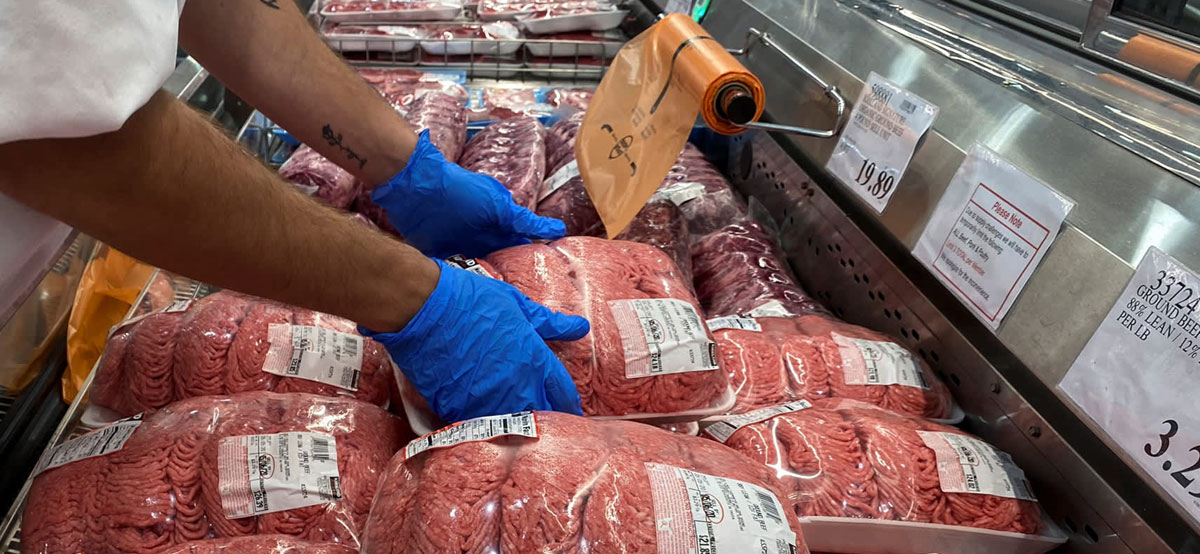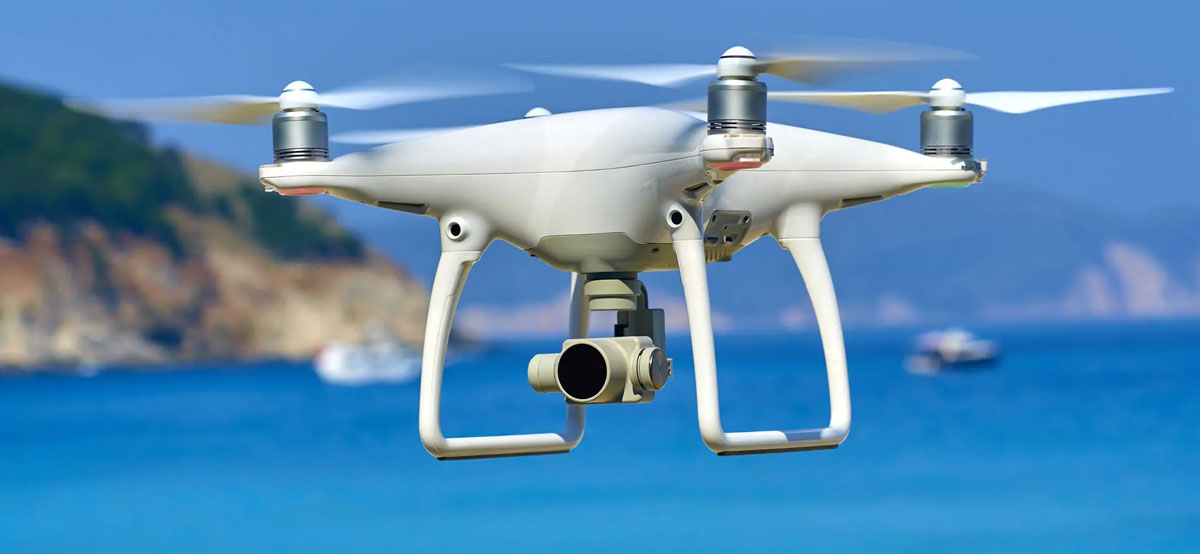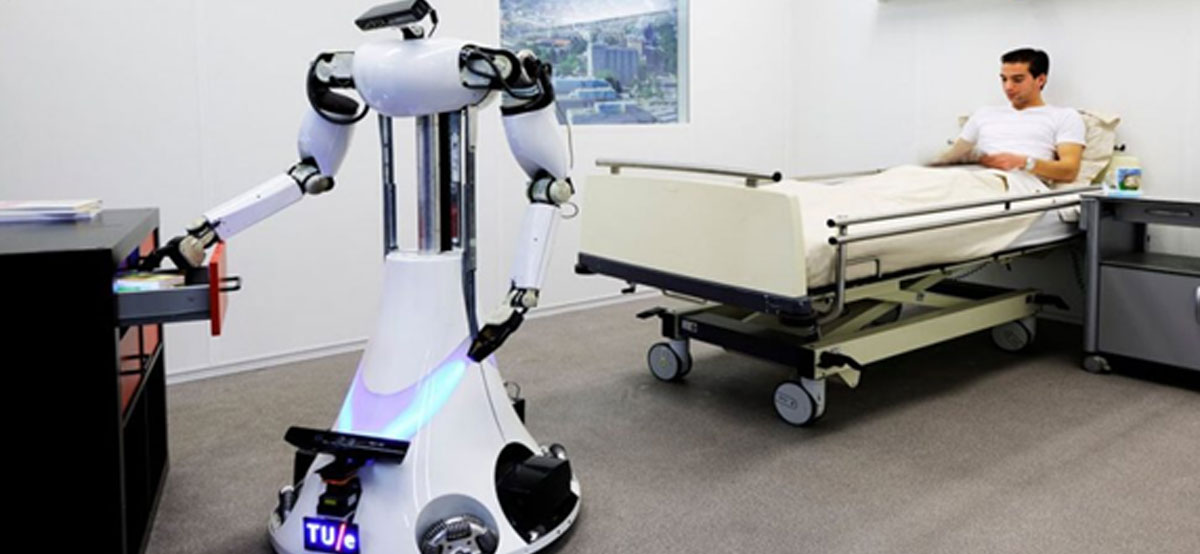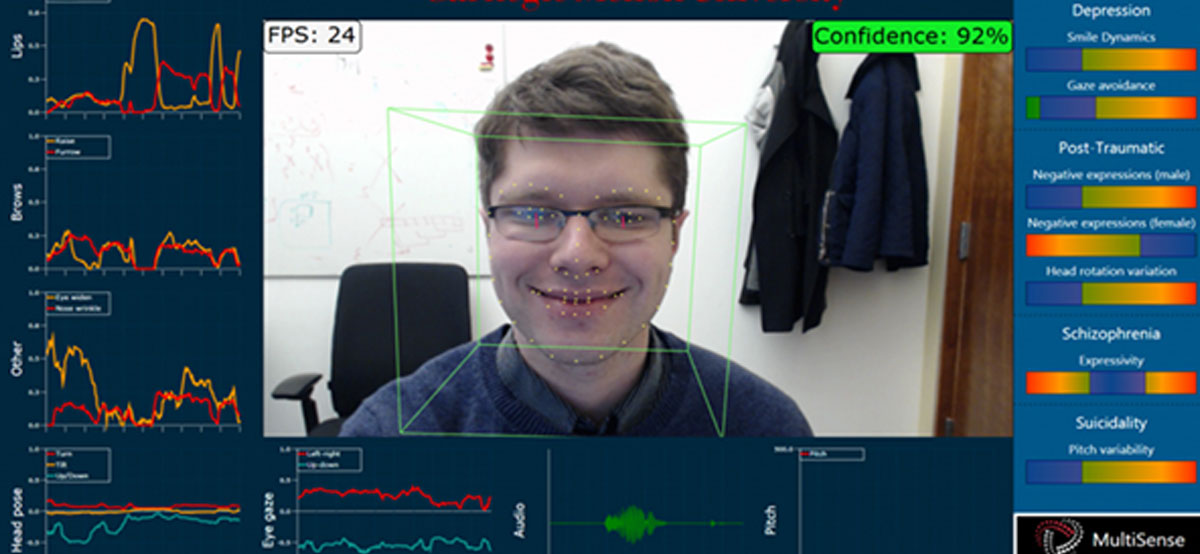Computer vision brings the best in the densely populated countries in the world of Covid-19: Witnessing some of the impacts that CV Algorithms can bring in fighting this pandemic.
Countries around the world are working to fight the virus and mitigate the risk. Businesses are finding technology solutions to maintain the business continuity and digitally transform organizations to be prepared for the new normal.At present, AI and associated technologies are not fully developed technologies. AI is actually much far away from imitating human intelligence. However, still, these technologies at the present level of their development cycle are found proving useful. These AI-based platforms are doing a significant amount of data crunching of the entire health, food, poultry, fisheries and tourism sectors. Subsequently, based on custom-made algorithms they are drawing inferences. Today, data science and machine learning are two important tools which are known to help the fight against Covid-19.

At present, various tech giants and start-ups are burning midnight ‘ampere’ to fight with the Covid-19 threat. Various technology leaders are working with the government agencies to nullify this threat.We are using specific applications like the CT Image Analytics Solutions in mass testing. AI-based mathematical modelling is used for predicting the probability of different pneumonia types. Techniques like the lung segmentation methods, which are normally used for identifying the exact region of interest for infection assessment, are known to be almost 60 times faster than human detection and are in use. Also, platforms like the Epidemic Prediction Solution play an important role to map specific epidemic characteristics of the virus. Similarly some Techies in the area of CV technologies are running a virus genome sequencing application which is helping to diagnose new coronavirus cases within a few hours. The company claims that this is five times faster method than the existing other methods.

Surveillancing the every portion of the Covid-19 Sensitive Hotspots marked by the Prevention team and where more than five cases are noted than that area or place need to be disinfected and should be hygienic as per the guidelines issued by WHO because Coronavirus Disease 2019 (COVID -19) is an acute respiratory disease caused by a novel Coronavirus (SARS-CoV-2), transmitted in most instances through respiratory droplets, direct contact with cases and also through contaminated surfaces/objects. Though the virus survives on environmental surfaces for a varied period of time, it gets easily inactivated by chemical disinfectants. In view of the above, the following guidelines are to be followed and monitored through Computer Vision algorithms , especially in areas reporting COVID-19. For ease of implementation the guideline divided these areas into:
Office spaces, including conference rooms should be cleaned every evening after office hours or early in the morning before the rooms are occupied. If the contact surface is visibly dirty, it should be cleaned with soap and water prior to disinfection. Prior to cleaning, the worker should wear disposable rubber boots, gloves (heavy duty), and a triple layer mask. Start cleaning from cleaner areas and proceed towards dirtier areas. All indoor areas such as entrance lobbies, corridors and staircases, escalators, elevators, security guard booths, office rooms, meeting rooms, cafeteria should be mopped with a disinfectant with 1% sodium hypochlorite or phenolic disinfectants. The guidelines for preparing fresh 1% sodium hypochlorite solution. High contact surfaces such elevator buttons, handrails / handles and call buttons, escalator handrails, public counters, intercom systems, equipment like telephone, printers/scanners, and other office machines should be cleaned twice daily by mopping with a linen/absorbable cloth soaked in 1% sodium hypochlorite.Frequently touched areas like table tops, chair handles, pens, diary files, keyboards, mouse, mouse pad, tea/coffee dispensing machines etc. should specially be cleaned. For metallic surfaces like door handles, security locks, keys etc. 70% alcohol can be used to wipe down surfaces where the use of bleach is not suitable. Hand sanitizing stations should be installed in office premises (especially at the entry) and near high contact surfaces. In a meeting/conference/office room, if someone is coughing, without following respiratory etiquettes or mask, the areas around his/her seat should be vacated and cleaned with 1% sodium hypochlorite. Carefully clean the equipment used in cleaning at the end of the cleaning process. Remove PPE, discard in a disposable PPE in a yellow disposable bag and wash hands with soap and water. In addition, all employees should consider cleaning the work area in front of them with a disinfecting wipe prior to use and sit one seat further away from others, if possible. These all should be Real-time monitored and tracked and should be timelined spontaneously.
Outdoor areas have less risk then indoor areas due to air currents and exposure to sunlight. These include bus stops, railway platforms, parks, roads, etc. Cleaning and disinfection efforts should be targeted to frequently touched/contaminated surfaces as already detailed above and should be Real-time monitored and tracked and should be timelined spontaneously. The world has implemented and India is also opting GPS (satellite-based navigation) using specific AI technologies like Computer Vision algorithms that allow computers to understand and label images. Such technologies with the infrared sensors are put in use for creating peoples temperature profiles (in just a few seconds) in public areas like airports etc. Also, AI is helping to shorten the ‘events’ during drug research. The need of the hour is to have a drug as well as a vaccine ready for use in the shortest possible time. Particularly, in case of vaccines, if the existing norms are followed towards the production and testing then it may take a few years’ time to bring the vaccine in the market. Today, AI is helping to speed up this process for Covid-19.
The food and grocery retail market bring in the highest amount of threat because it is consumed by directly and has been imported or exported from a long journey that’s why it needs to be tracked and compliances should be followed strictly . The market is the 6th largest in the world. While external monitoring of any food retail store in this pandemic is important, it is equally vital for the store to be monitored internally and how they are operated. An FSSAI inspector might not be at hand to observe that every employee washes his or her hand before handling any food or delivering in this pandemic. However, technology can certainly lend a helping hand, or in this case, a helpful eye to ensure and improve hygiene compliance and to monitor that Covid-19 guidelines are followed . CCTV cameras along with Computer Vision technology use video analytics to observe, analyze, and report the miss happenings. For instance, the programmed software can detect whether the responsible person for the job has washed their hands as required or whether they have donned gloves, face masks, hair nets, etc., to ensure total compliance of food safety standards and covid-19 guidelines. Video analytics can help employees to improve their compliance which in turn can ensure safer food products for their customers at local instances. Various studies using video surveillance have shown a marked improvement in hygiene levels once employees have been made aware of their shortcomings. Video analytics can certainly reduce human effort in surveillance monitoring and also provide accurate reports for improved food safety standards and compliance. While FSSAI tries to implement food safety regulations in this pandemic, food retail stores need to adopt a proactive approach to ensure hygiene compliance. The cost of video surveillance equipment along with associated video analytics software has dropped dramatically in the last decade. This means that even small food retail stores can now utilize video analytics technology to improve hygiene compliance especially in this era of Pandemic.

Despite public health officials recommending social distancing policies and governments outright banning large events and shuttering businesses to stop the spread of COVID-19, some people still aren't listening. To keep people indoors, Responsible Authorities are using drones, mounted with microphones, to scold people who aren't self-quarantining. There's a new brand of finger-wagging all over social media in light of the devastating COVID-19 pandemic: public shaming for being in public spaces. To the ire of global citizens following public health officials' advice to stay inside, some people are still going about their normal lives as if thousands of people haven't already died. In a bid to keep these people inside, and to prevent exponential spreading of the virus, Authorities are using speaker-mounted drones to find and promptly yell at people still congregating in the streets.
some people still aren't listening. To keep people indoors, Responsible Authorities are using drones, mounted with microphones, to scold people who aren't self-quarantining. There's a new brand of finger-wagging all over social media in light of the devastating COVID-19 pandemic: public shaming for being in public spaces. To the ire of global citizens following public health officials' advice to stay inside, some people are still going about their normal lives as if thousands of people haven't already died. In a bid to keep these people inside, and to prevent exponential spreading of the virus, Authorities are using speaker-mounted drones to find and promptly yell at people still congregating in the streets.

With citizens on lockdown since last month, this is the only meaningful way to prevent more people from contracting COVID-19. The idea of "flattening the curve" proves hospitals will quickly exceed capacity–and more people will die—if we don't band together and avoid public spaces.Those not wearing masks in public spaces could be identified. These flying robots are also used to broadcast information to a larger area than traditional loudspeakers can. Another way drones are used to fight coronavirus is to spray disinfectant in public spaces. Through thermal sensing, drones are also helping officials with crowd management and to identify people with elevated body temperatures, which could indicate they have the virus. We can also ensure that medical and other supplies can safely be transported from the disease control center to the People’s Hospital without exposing humans to infection. According to reporting by GPS World, using drones speeds up transport by 50% compared to road transportation. In addition to speed, it doesn’t expose human delivery drivers to any risks. In an outbreak, the scale of coronavirus (COVID-19) robots and drones could become an increasingly essential support for humans in fighting the virus.
We are very certain demographic changes due to the aging population demand the development of technologies for independent elderly living in private homes in quarantine or in isolation. Besides, researchers and medical practitioners have long sought the ability to continuously and automatically monitor patients beyond the confines of the doctor's office or the Covid-19 Prevention center. Thus, computer-vision based in-home diagnostic and monitoring systems get considerable attention in research and development of health technologies in order to set up a proactive

and preventive healthcare model. Human facial image/video can convey information regarding expression, mental condition, physiological parameters such as heart-rate and respiratory rate, and symptoms of disease. Computer Vision aims to contribute to the development of facial image-based diagnostic and monitoring systems for in-home patients or elderly by employing CV methods.
Dealing with a mental disorder can be physically, economically and emotionally demanding. Work impairment is one of the adverse consequences of mental illness and is also the leading cause for hospital admissions especially for those who are in isolation and in self-quarantine.

It has been shown that mental states can manifest through physiological and behavioral changes which can be detected and captured through CV algorithms. For example, a systematic review states that hypoactive electrodermal response is an established feature of patients affected by depression. It is also found evidence that monitoring electrodermal activity may be useful to differentiate phases of mood disorders. Thus in the pandemic we can overcome the Mental Health issues and can ensure to lower them by integrating CV.
The world is implementing or is going to implement the Computer Vision which turns out to be an automatic, low-cost, non-intrusive system for facial image-based medical diagnosis and monitoring of patients.